Watermelon Seeds F1 hybrid seeds Tarbooz fruit Pack of 10 seeds
₹60.00
In stock
SKU: WatermelonF1hybrid
Category: fruits seeds
Watermelon Seeds from seeds can be a rewarding experience, as watermelon plants are relatively easy to grow when given the right conditions. Here’s a guide on how to plant and care.
1. Choosing Watermelon Seeds:
- Choose watermelon seeds based on the variety you want to grow.
- Make sure you buy fresh, high-quality seeds from a trusted supplier.
-
Number of seeds 10 Sowing month Feb to Nov Harvest 45 to 75 days Sun Full Sun Sowing Temperature Day time above 28C
2. Sowing Seeds:
- Start Indoors (Optional): If you live in a cooler climate, start seeds indoors 3-4 weeks before the last frost. Use peat pots or biodegradable trays that can be planted directly in the soil to avoid disturbing the roots.
- Direct Sowing Outdoors: In warmer climates, watermelons can be directly sown in the ground after the danger of frost has passed, typically when the soil temperature is at least 70°F (21°C).
- Spacing: Plant watermelon seeds 1 inch deep, spacing them about 3–4 feet apart in rows. For mounded or “hill” planting, place 3-4 seeds per mound and space mounds 6–8 feet apart.
3.Watermelon Seeds Germination:
- Watermelon seeds generally take 5–10 days to germinate, depending on the temperature. Keep the soil moist, but not waterlogged.
- If growing indoors, ensure the seedlings get at least 12 hours of light per day, either from direct sunlight or grow lights.Amaryllis double good companion
4. Transplanting:
- Once the seedlings are large enough to handle (about 3-4 inches tall), and after the soil has warmed up outdoors, transplant them into the garden.
- Watermelon plants need full sunlight (6-8 hours daily) and well-drained, fertile soil. You can add compost or well-rotted manure to improve soil quality.
5. Watermelon Seeds Growing Conditions:
- Space: Watermelons need space to spread. They are vine plants, so give them plenty of room to spread out or use trellises for vertical growing (though this can be more challenging for larger varieties).
- Watering: Watermelons require a lot of water to grow, especially during the fruit-setting stage. Keep the soil consistently moist but avoid over-watering, which can lead to root rot.
- Mulching: Use mulch around the base of the plants to retain moisture, reduce weeds, and protect the developing fruits.
6. Watermelon Seeds Care and Maintenance:
- Fertilizing: Use a balanced fertilizer that is high in potassium and phosphorus to promote fruit development.
- Pruning: Remove any side shoots or excess leaves that crowd the plant, as this helps the plant focus its energy on producing fruit.
- Pest Management: Watermelon plants can attract pests such as aphids, beetles, and cucumber beetles. Consider using organic pest control methods like neem oil or insecticidal soap.
7. Watermelon Seeds Harvesting:
- Watermelons are typically ready to harvest in about 80–90 days from planting, depending on the variety.
- To determine if a watermelon is ripe, check the bottom of the melon for a creamy yellow color (it should not be white) and tap the melon. A hollow sound indicates ripeness. The tendril closest to the fruit will also dry out when the fruit is ready.
| Color | Red |
|---|---|
| Germination Level | Easy |
| Growth Pattern | Trailing, Vine |
| Ideal location | Full sun |
| Hybrid or Open Pollinated | Hybrid |
| Origin Country | India |
Be the first to review “Watermelon Seeds F1 hybrid seeds Tarbooz fruit Pack of 10 seeds” Cancel reply
You must be logged in to post a review.

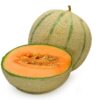
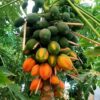
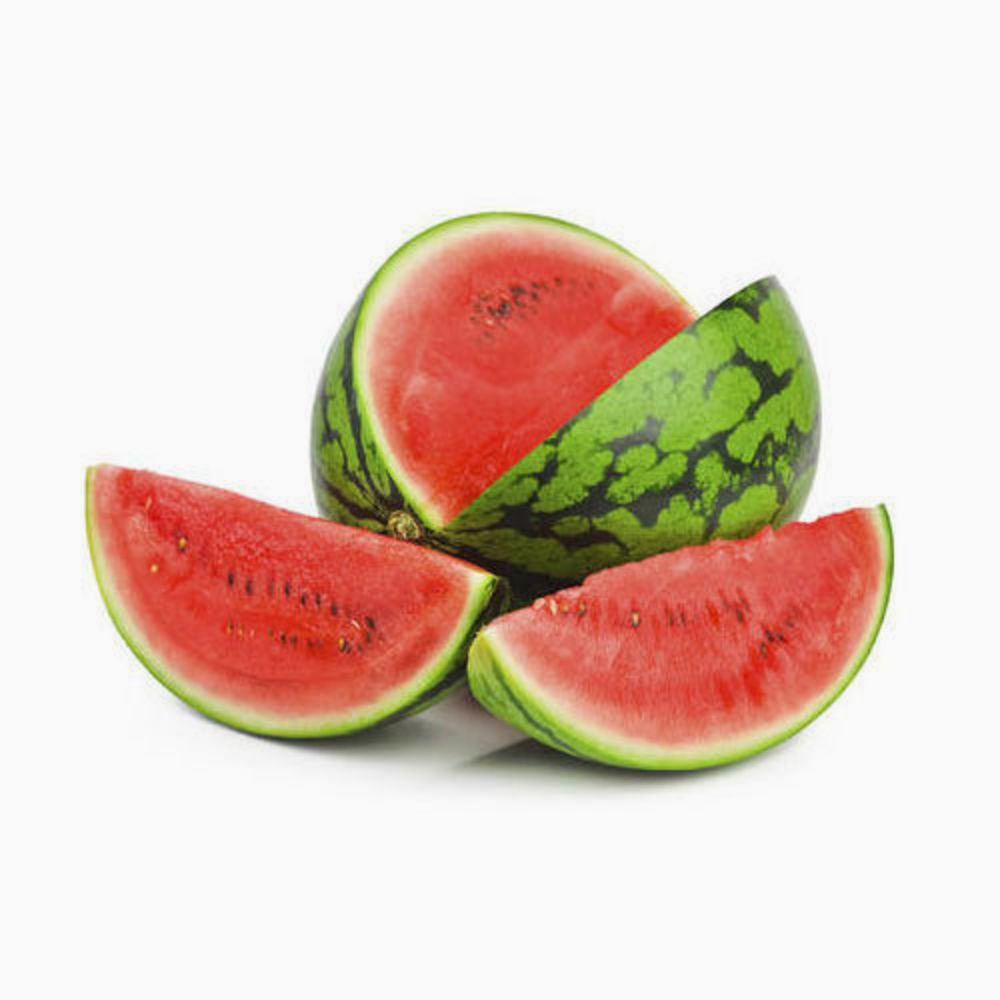


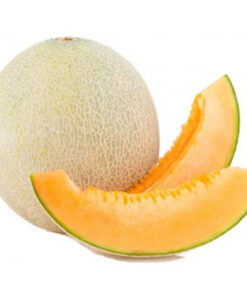


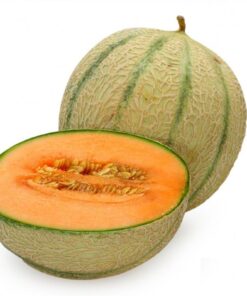
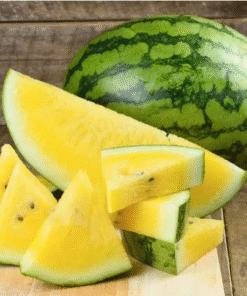
Reviews
There are no reviews yet.